The number of international visitors to Vietnam in the first quarter of this year for the first time exceeded the same period in 2019, a year considered the golden age of tourism before the Covid-19 pandemic struck.
European and Asian tourists both increased "hugely"
According to the General Statistics Office, international visitors to Vietnam in March reached nearly 1.6 million, up 4.4% over the previous month and up 78.6% over the same period last year. In the first quarter, international visitors to our country are estimated to reach more than 4.6 million, up 72% over the same period last year and up 3.2% over the same period in 2019 - the year considered the golden age of Vietnamese tourism. Since the "dark night" of Covid-19 until now, this is the first quarter that Vietnam has welcomed more international visitors than in 2019.Foreign tourists happily enjoy cuisine in Hoi An ancient town, February 2024
BAO DUY
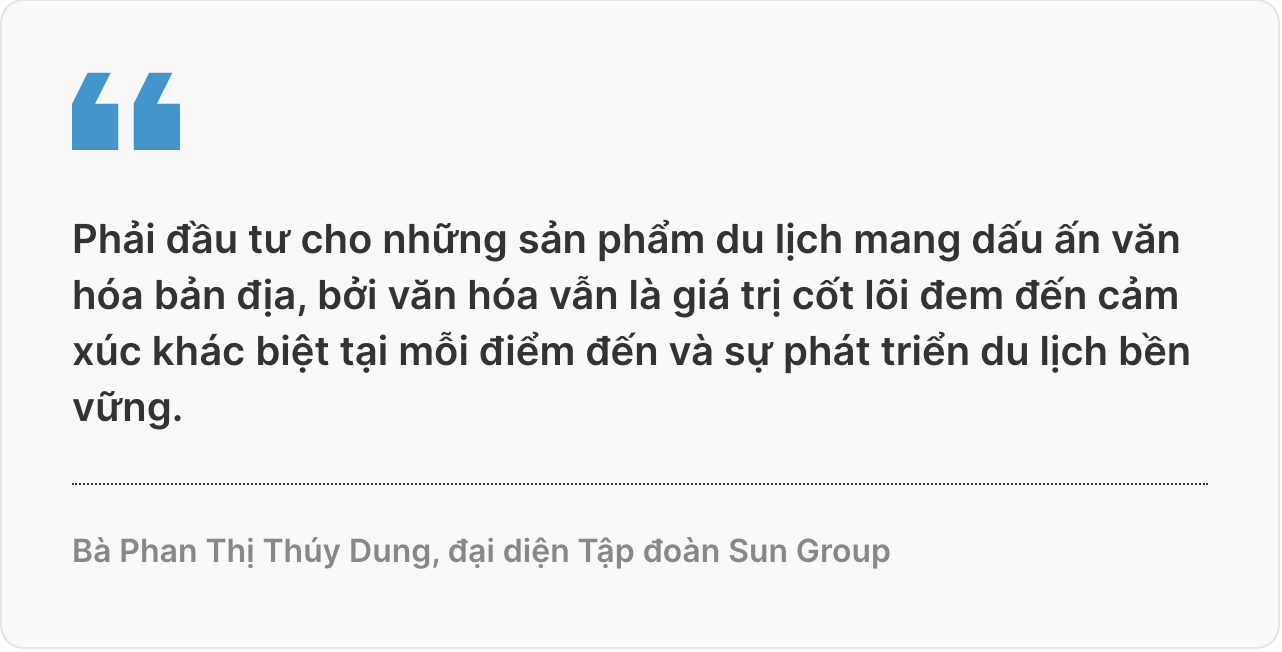 The strong growth in international visitors to Vietnam immediately "breathed life" into the destinations. After 11pm on Saturday (March 30), Bui Vien Street (District 1, Ho Chi Minh City) was packed with customers stretching from De Tham Street to the walking street area. Most of the shops were full, mostly foreign guests. While raising a glass with a group of 5 friends, Jennis Oprasert danced to the music. This was the first time the 23-year-old Thai girl had come to Ho Chi Minh City. "Before the pandemic, I went on a tour with my parents to Vietnam, to Sa Pa. Then my family moved to France to settle down with my grandparents. This time I brought my friends from France back to my hometown in Thailand to play, everyone invited each other to go to Vietnam and then to Laos to play. Ho Chi Minh City is so fun, so bustling. This street is as vibrant as the streets in Pattaya. I took a bus tour around the city. It's very beautiful and less congested than Bangkok," Jennis happily shared. The small fishbone roads leading to Pham Ngu Lao and Tran Hung Dao share the same crowded and bustling atmosphere. In Binh Thanh District, the Pham Viet Chanh area, known as the "second Bui Vien", is also bustling with Western visitors to the beer shops and small pubs even during the week.
The strong growth in international visitors to Vietnam immediately "breathed life" into the destinations. After 11pm on Saturday (March 30), Bui Vien Street (District 1, Ho Chi Minh City) was packed with customers stretching from De Tham Street to the walking street area. Most of the shops were full, mostly foreign guests. While raising a glass with a group of 5 friends, Jennis Oprasert danced to the music. This was the first time the 23-year-old Thai girl had come to Ho Chi Minh City. "Before the pandemic, I went on a tour with my parents to Vietnam, to Sa Pa. Then my family moved to France to settle down with my grandparents. This time I brought my friends from France back to my hometown in Thailand to play, everyone invited each other to go to Vietnam and then to Laos to play. Ho Chi Minh City is so fun, so bustling. This street is as vibrant as the streets in Pattaya. I took a bus tour around the city. It's very beautiful and less congested than Bangkok," Jennis happily shared. The small fishbone roads leading to Pham Ngu Lao and Tran Hung Dao share the same crowded and bustling atmosphere. In Binh Thanh District, the Pham Viet Chanh area, known as the "second Bui Vien", is also bustling with Western visitors to the beer shops and small pubs even during the week.Foreign tourists visit Trang An, Ninh Binh, February 2024
VU PHUONG
Business is still "not stable"?
Continuously organizing promotional events, connecting hundreds of tourism businesses with domestic and foreign partners, Mr. Nguyen Vu Khac Huy, General Director of Vina Phu Quoc Tourism Company Limited, said that the tourism situation in Phu Quoc (Kien Giang) has begun to warm up. Companies are focusing on preparing plans for the April 30 - May 1 holiday and the upcoming summer peak, noting that tourist demand is gradually "increasing", especially from the Chinese market. This season, visitors from the European or Korean markets to Phu Quoc may decrease slightly, but the flow of Russian, Chinese, and Taiwanese visitors is forecast to grow well. However, the health of businesses in the tourism ecosystem has not kept up with the growth of tourists. Mr. Huy explained that although the number of international visitors has generally grown well, the source of domestic visitors is quite gloomy. Before the pandemic, the number of domestic and international visitors to Phu Quoc was at the same level. Although international visitors are currently growing well, it is compared to last year, not as much as before the pandemic, not to mention the additional shortage from the domestic market. Therefore, the restaurant and hotel system is still facing difficulties. For travel companies, it is even more difficult because the trend of independent travelers is increasing, plus expensive airfares greatly affect their business strategies and plans. Currently, Vina Phu Quoc Company has to flexibly move, promote road and sea tours, bring visitors from the Central Highlands, Southeast, Southwest and international visitors from Cambodia, Laos, Thailand along the Ha Tien to Phu Quoc route. "The number of international visitors has every reason to be optimistic about reaching or exceeding the target, but it is impossible to say when businesses will recover to the pre-pandemic level. There are still many factors affecting and many challenges," said Mr. Huy.Tourists participate in the Saigontourist Group 2024 Food and Culture Festival at Van Thanh Tourist Area (HCMC) at the end of March 2024
NHAT THINH
Keep visitors staying longer, spending more
Ms. Phan Thi Thuy Dung, representative of Sun Group, assessed that the biggest positive signal is that the number of international visitors has increased but has not reached expectations. In Da Nang, Sun Group's Ba Na tourist area welcomes about 84% of international visitors; New World resort in Phu Quoc welcomes about 85% of Korean visitors and some new markets such as Russia and Kazakhstan, but they have to transit before arriving in Phu Quoc. In fact, many international visitors to Vietnam at this time still face visa and air barriers. Therefore, in order to increase the attraction of new international visitor markets, making up for the loss of large traditional markets such as China and Russia, Sun Group still earnestly hopes that visa policies will continue to be improved and further loosened. "In the immediate future, we can consider proposing short-term visa exemptions (from 6 months to 1 year) for tourists from some potential, large-scale markets such as China, India, Taiwan, etc. At the same time, it is necessary to study and pilot long-term visas (3 years, 5 years) to attract high-end tourist market segments, retirees with some target markets such as the US, Australia, Korea, etc. Once attracting visitors to visit home, the next important thing is to find ways to retain tourists or make them want to come back. Many factors are needed to be able to do this, but the important thing is to invest in tourism products with local cultural imprints, because culture is still the core value that brings different emotions at each destination and sustainable tourism development," Ms. Thuy Dung proposed. Tourist spending is also one of the issues that businesses and localities pay special attention to. Looking at data from the General Statistics Office, it can be seen that the number of international visitors to Vietnam in the first quarter increased by 78.6% compared to the same period in 2023, but tourism revenue increased by only 28.3%, showing that the trend of "opening the wallet" of tourists is decreasing. Mr. Nguyen Quoc Ky, Chairman of the Board of Directors of Vietravel, frankly said: Vietnam has expanded the visa policy to allow more visitors to enter and stay longer, but has not focused on the story of where they stay longer, what they do, how to make them "open their wallet" and still want to come back when they return. Even the planning issue is quite vague. Thailand clearly defines how many visitors they want in which market, what to do to achieve that goal. They want to welcome Chinese visitors, so they open visas, if they want visitors to spend a lot, they extend the time to stay at night. Vietnam has not been able to do that, while if the planning issue for each market and each region is not clarified, investment will be very spread out and costly. Without planning, it is impossible to make plans. We do not have a "spoke" planning, from which to create connections, re-plan the tourism products of localities to support each other, not compete with each other. The current tourism product set is still only in the form of a "fish bone", visitors travel along a route from North to South or vice versa and that's it. The limitation of connecting tourism to create products lies in the shallow and loose connection. Not to mention that with the factors that attract tourists, Vietnam is very limited. In addition, promotion and communication work has not been focused on. Currently, almost only airlines and travel companies spend their own money to organize promotion, approach and launch the market. "The policies for tourism in the past have moved very slowly, causing many opportunities to be missed regrettably. Having identified tourism as a key industry, there must be synchronous policies, incentives, and strong investment in policies for the tourism industry," Mr. Nguyen Quoc Ky raised the issue.Ho Chi Minh City focuses on quality of customers over quantity
After Covid-19, the city's tourism industry is focusing on revenue contributions, not too much on the number of visitors, especially in the context of unstable international visitors in different markets. In 2024, Ho Chi Minh City aims to welcome about 6 million international visitors, 38 million domestic visitors and total revenue of about 190,000 billion VND, higher than the revenue in 2019. To achieve the goal, the city's tourism industry is aiming to continue investing more in the night economy, building more attractive night tours. At the same time, building programs linking with other tourist destinations across the country, creating conditions for businesses to build new tours, achieving efficiency in both tour quality and helping to reduce tour prices. Continue to organize tourism events combined with cultural and sports festivals, attractive promotional programs to increase and stabilize tourism growth... Mr. Le Truong Hien Hoa, Deputy Director of Ho Chi Minh City Department of Tourism In 2024, the Vietnamese tourism industry aims to welcome 17-18 million international tourists, recover to pre-Covid-19 levels, serve 110 million domestic tourists, and earn total tourism revenue of about 34 billion USD. To achieve this goal, the tourism industry will prioritize cooperation with domestic and foreign partners, develop attractive and highly competitive products, including shopping tourism products; attract quality tourists with high spending ability...; develop tourism products based on potential advantages to attract domestic and foreign tourists as well as increase the rate of returning visitors. The important thing is that the right products retain tourists. Director of the National Tourism Administration Nguyen Trung Khanh
SOURCE: GENERAL STATISTICS OFFICE - GRAPHICS: BAO NGUYEN
Thanhnien.vn
Source

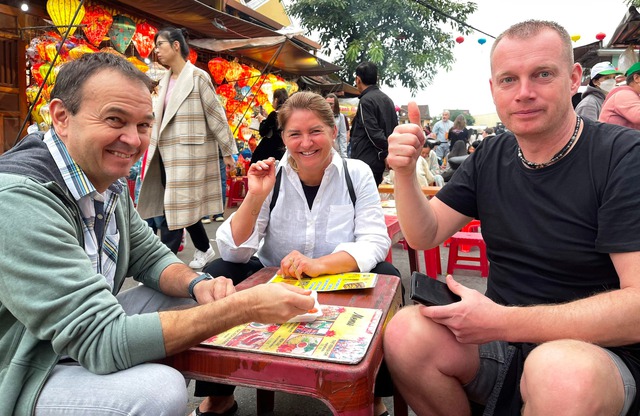


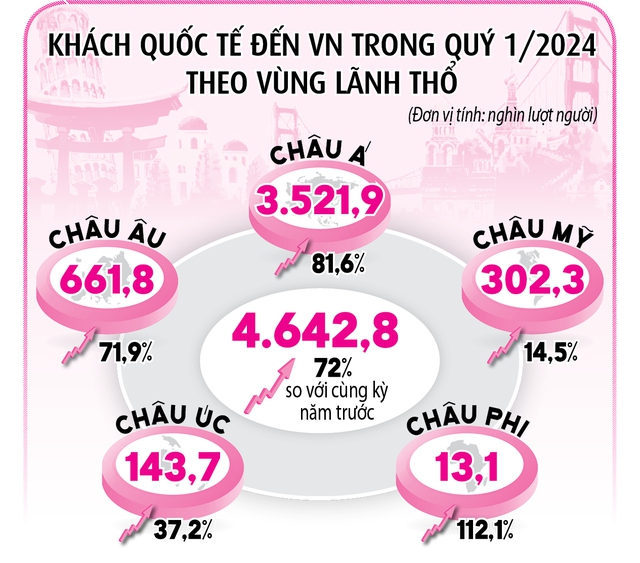








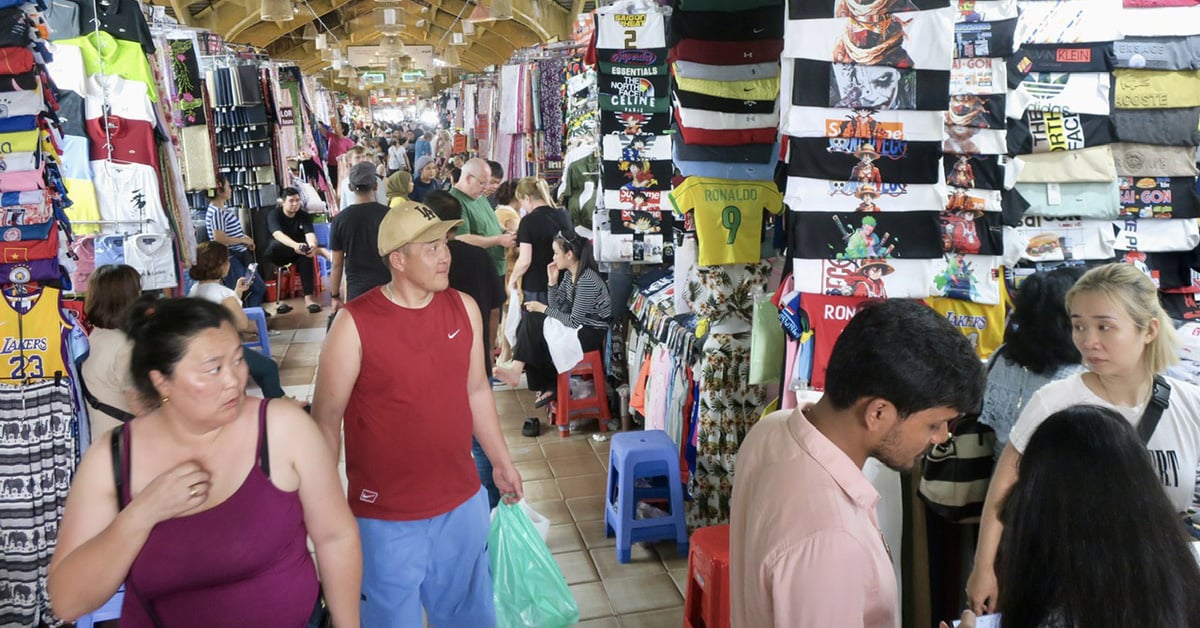
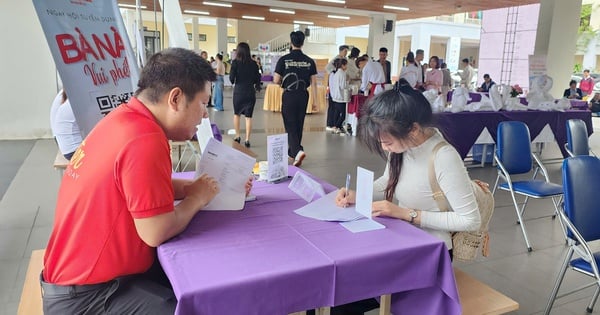




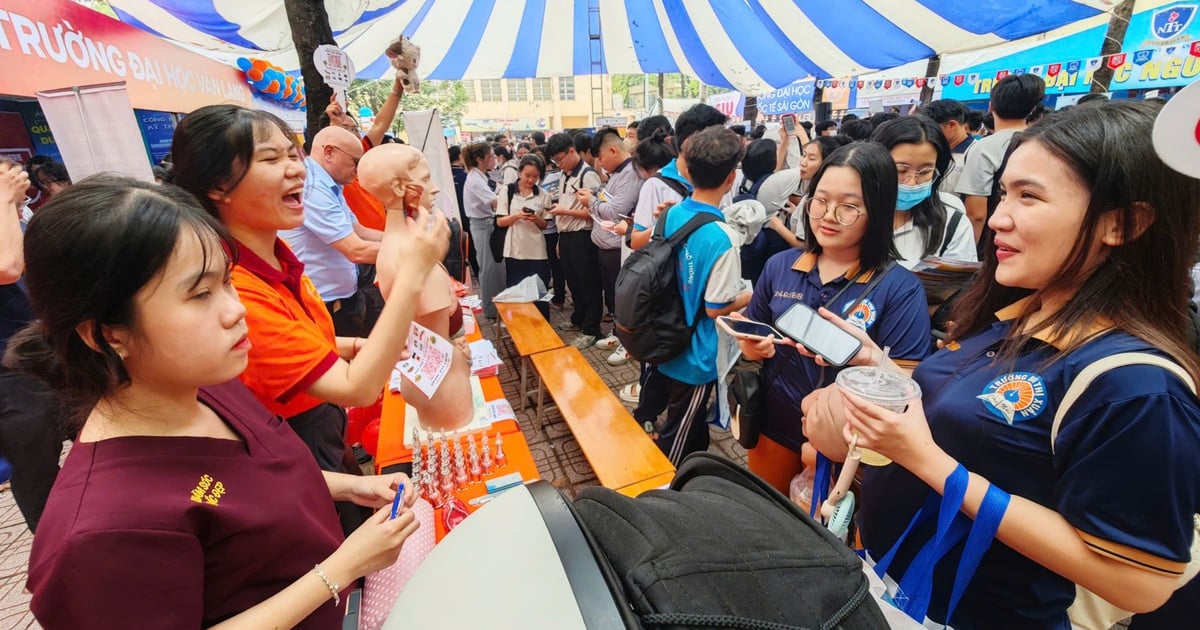


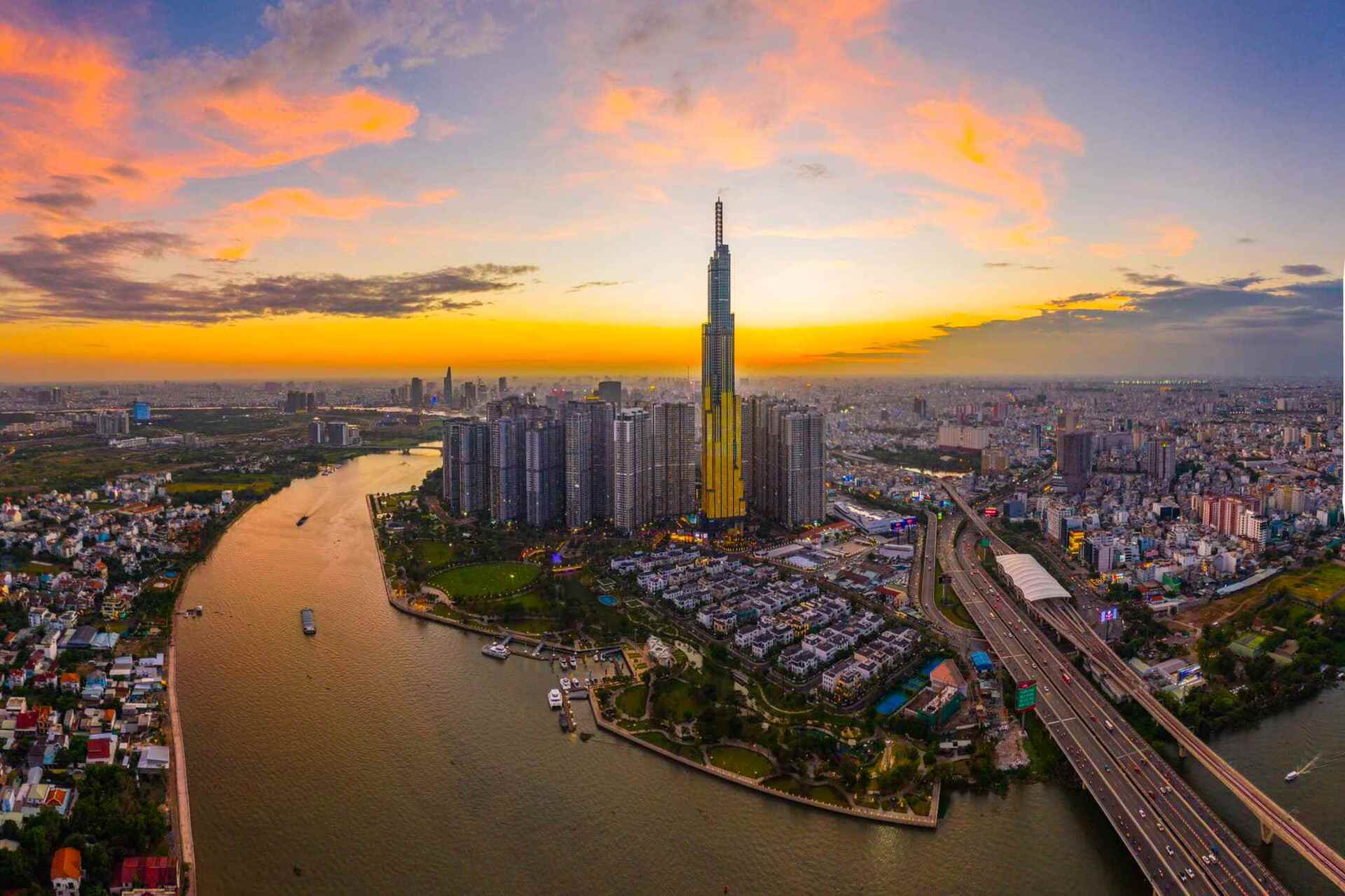



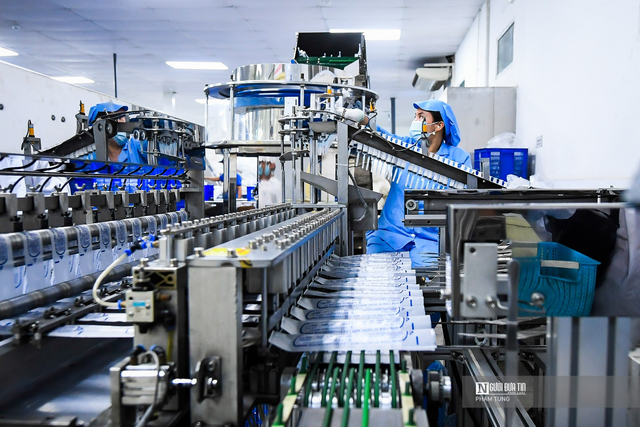

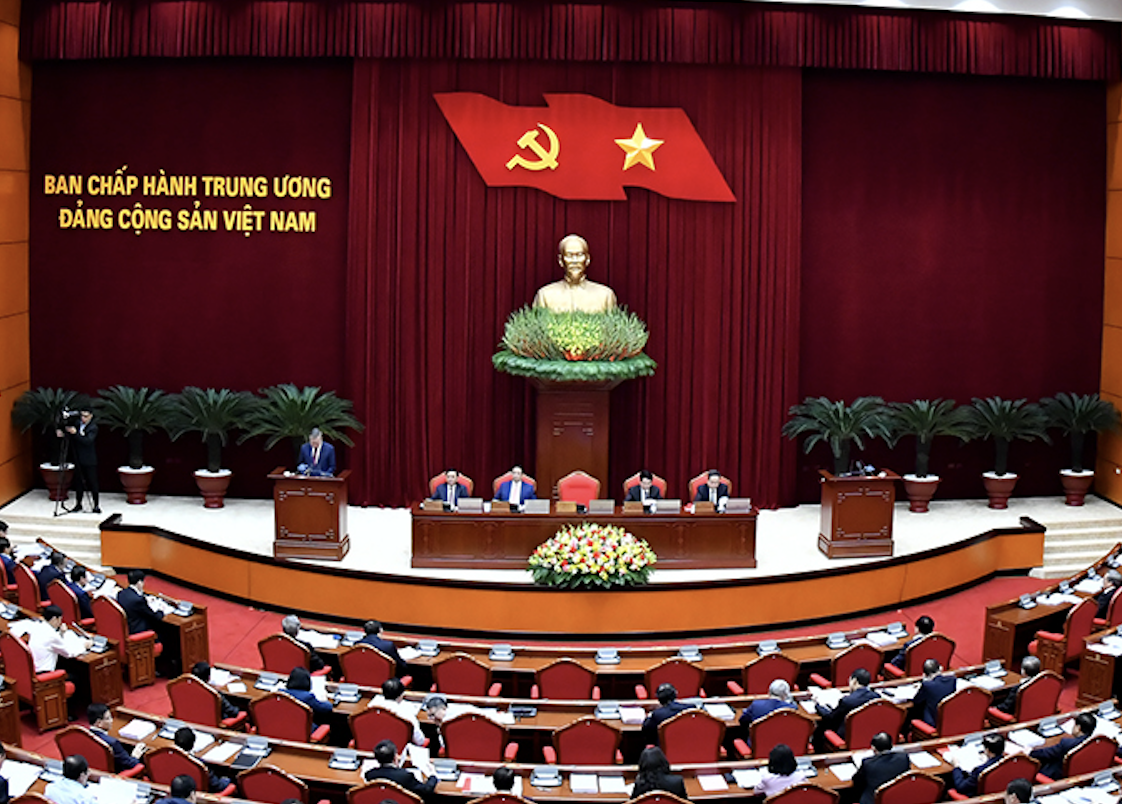
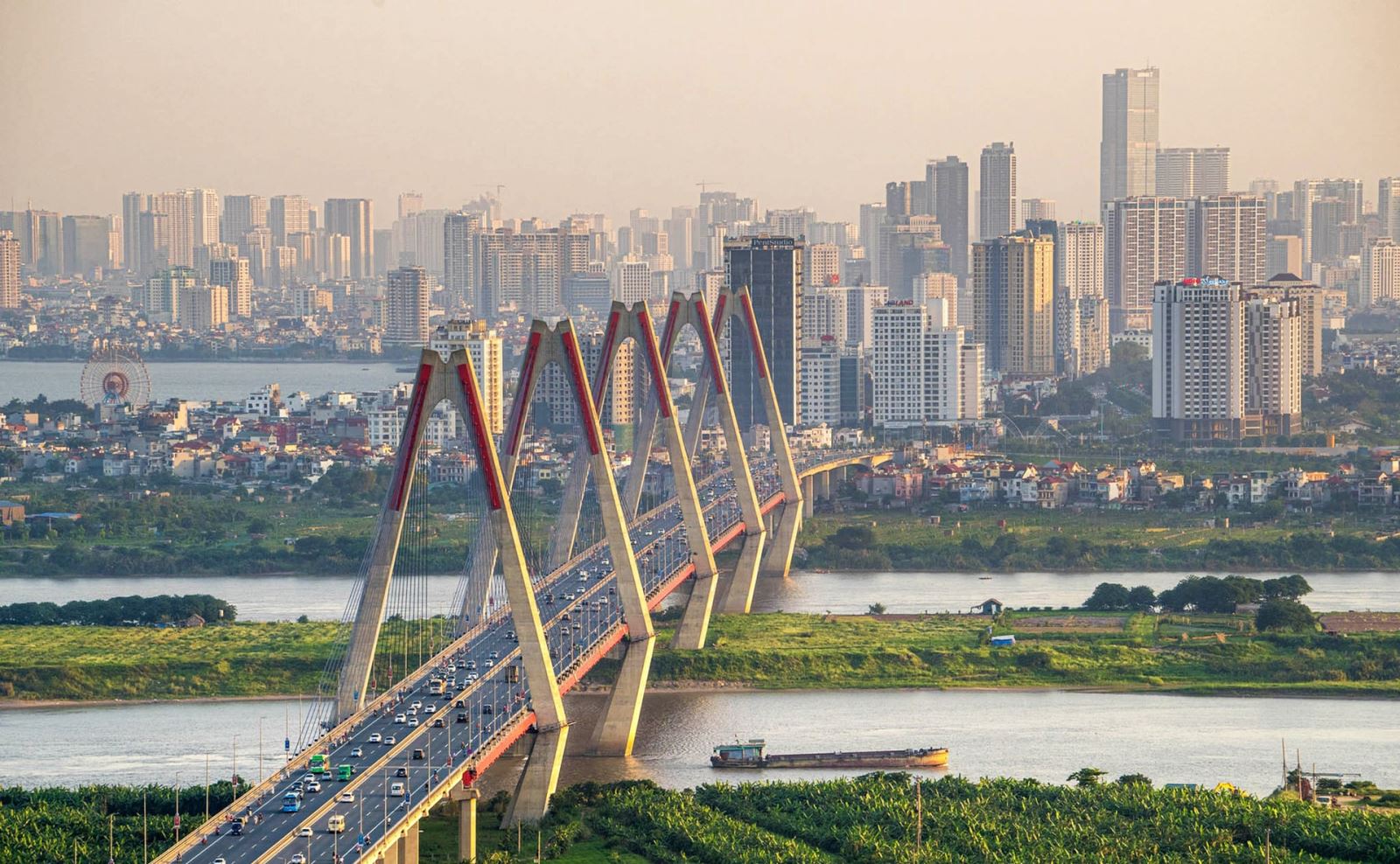

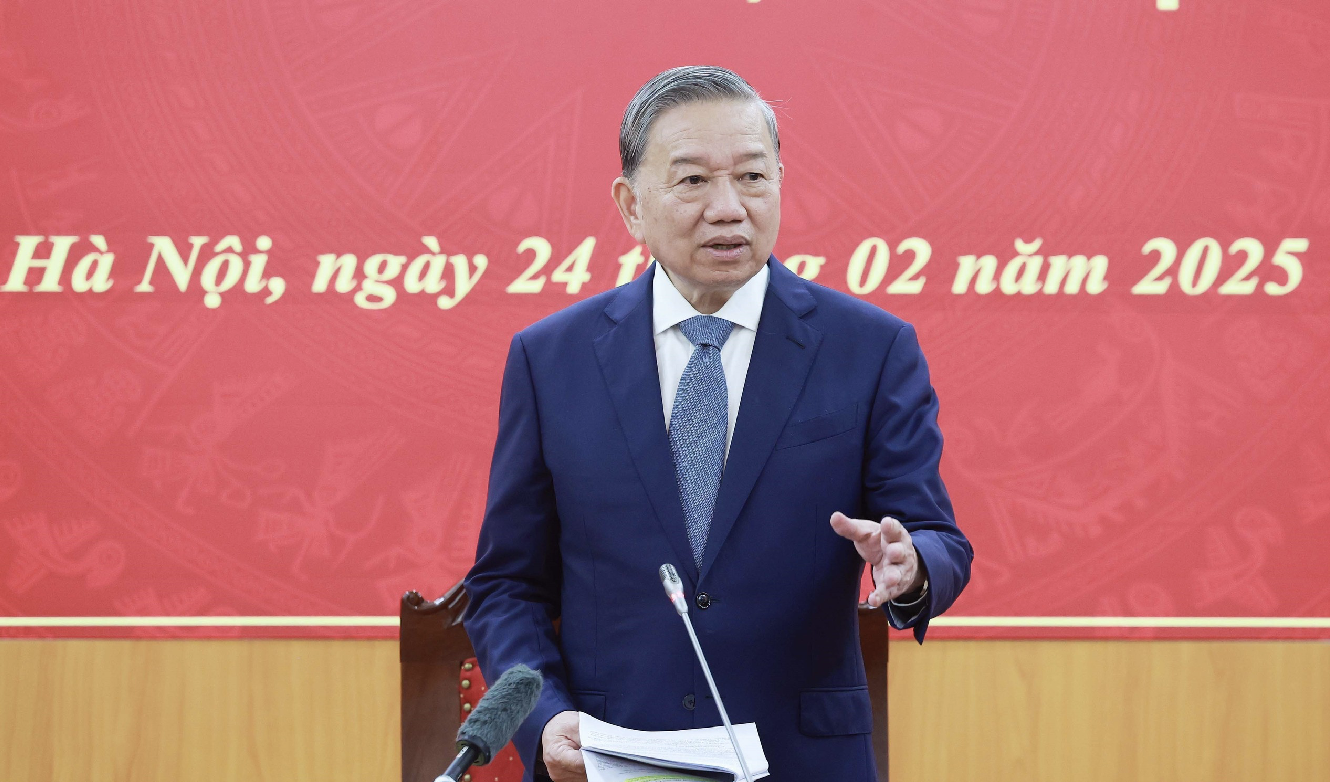


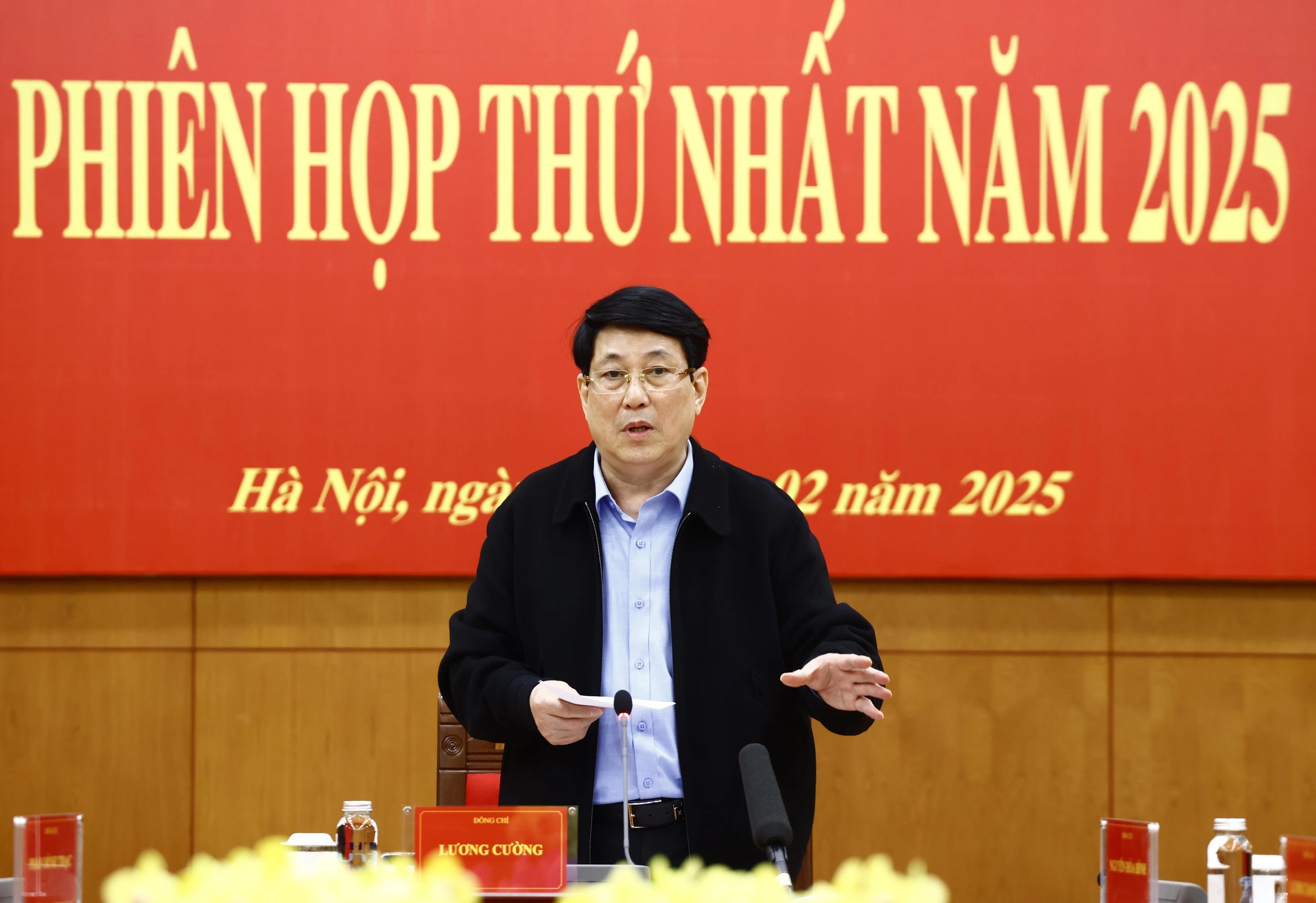
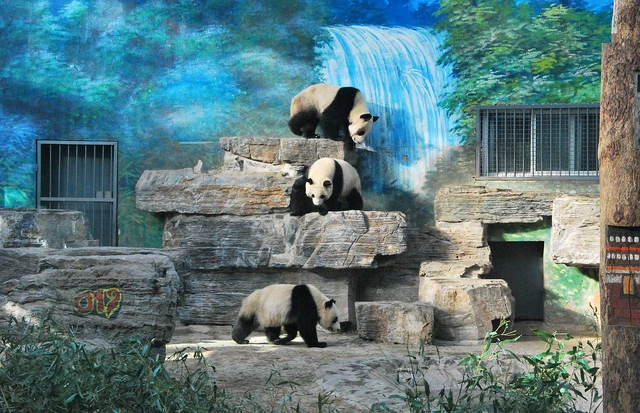








![[Photo] Prime Minister Pham Minh Chinh chairs Government Conference with localities on economic growth](https://vstatic.vietnam.vn/vietnam/resource/IMAGE/2025/2/21/f34583484f2643a2a2b72168a0d64baa)







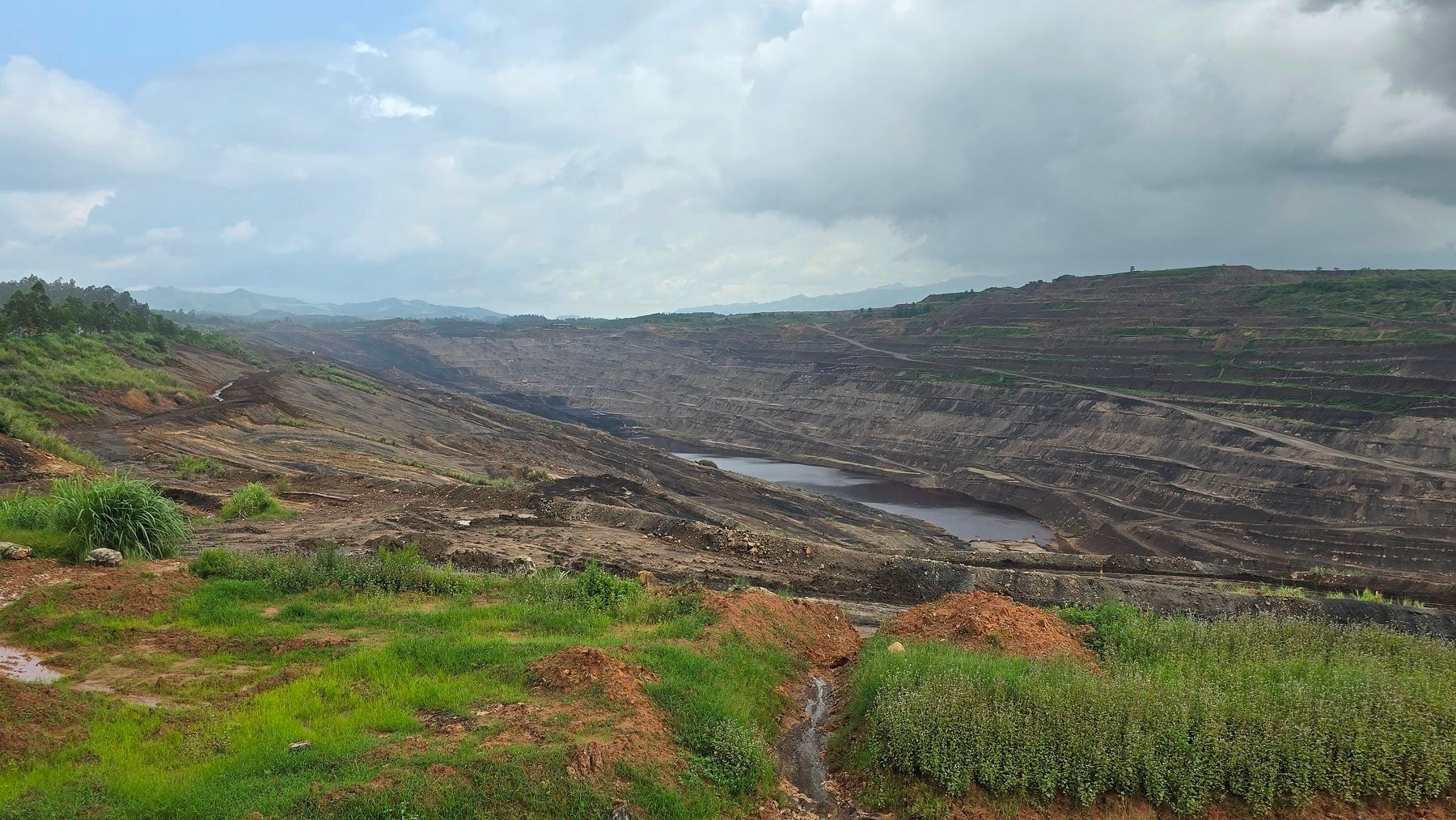
















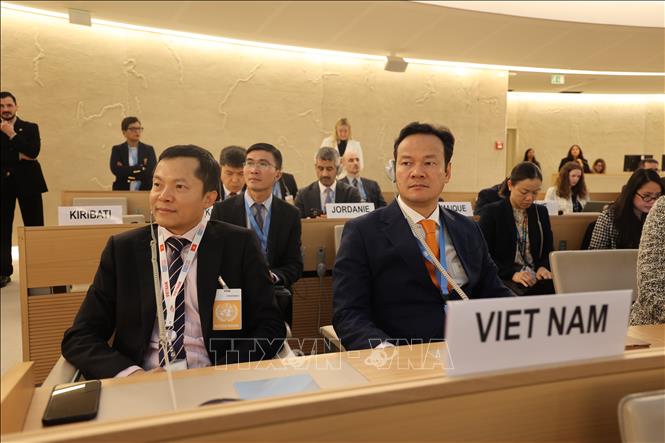

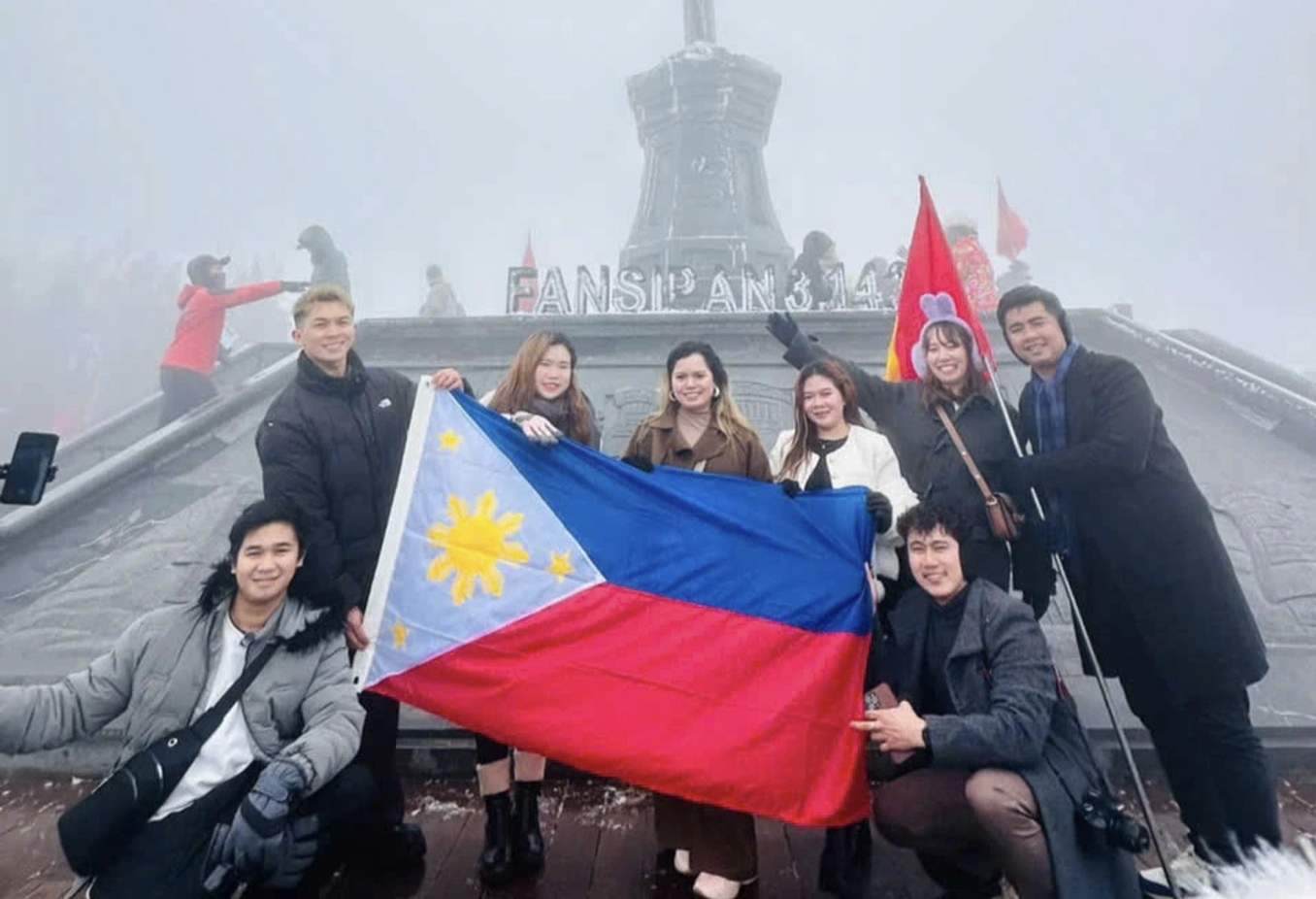
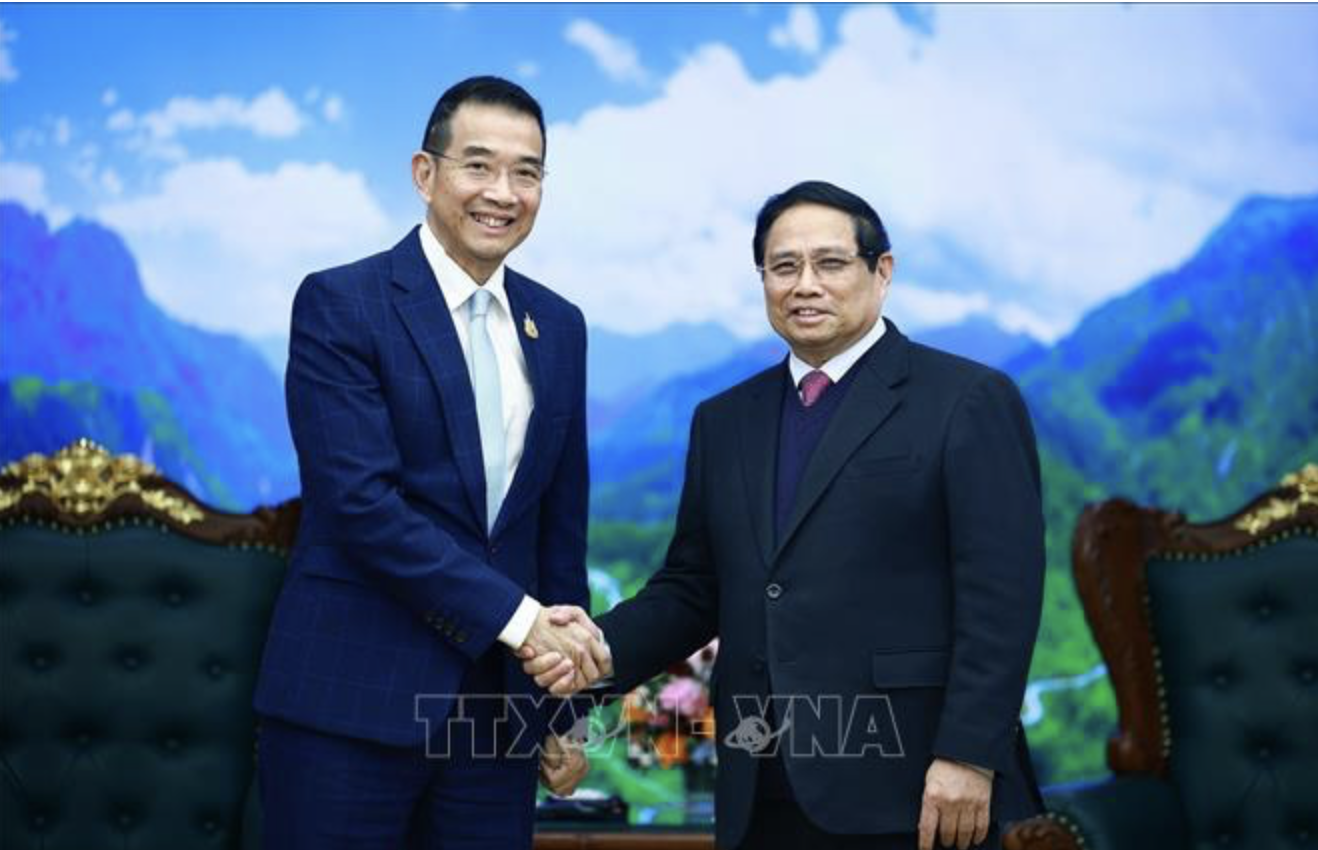
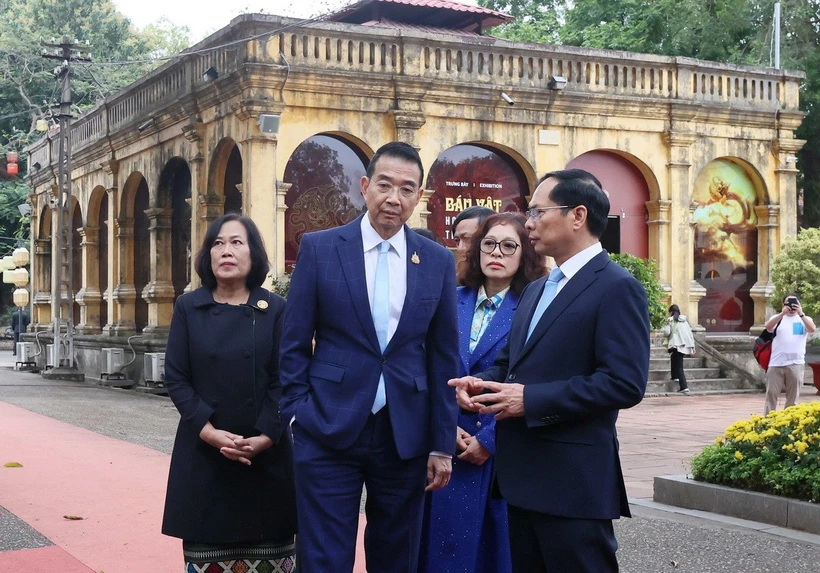

























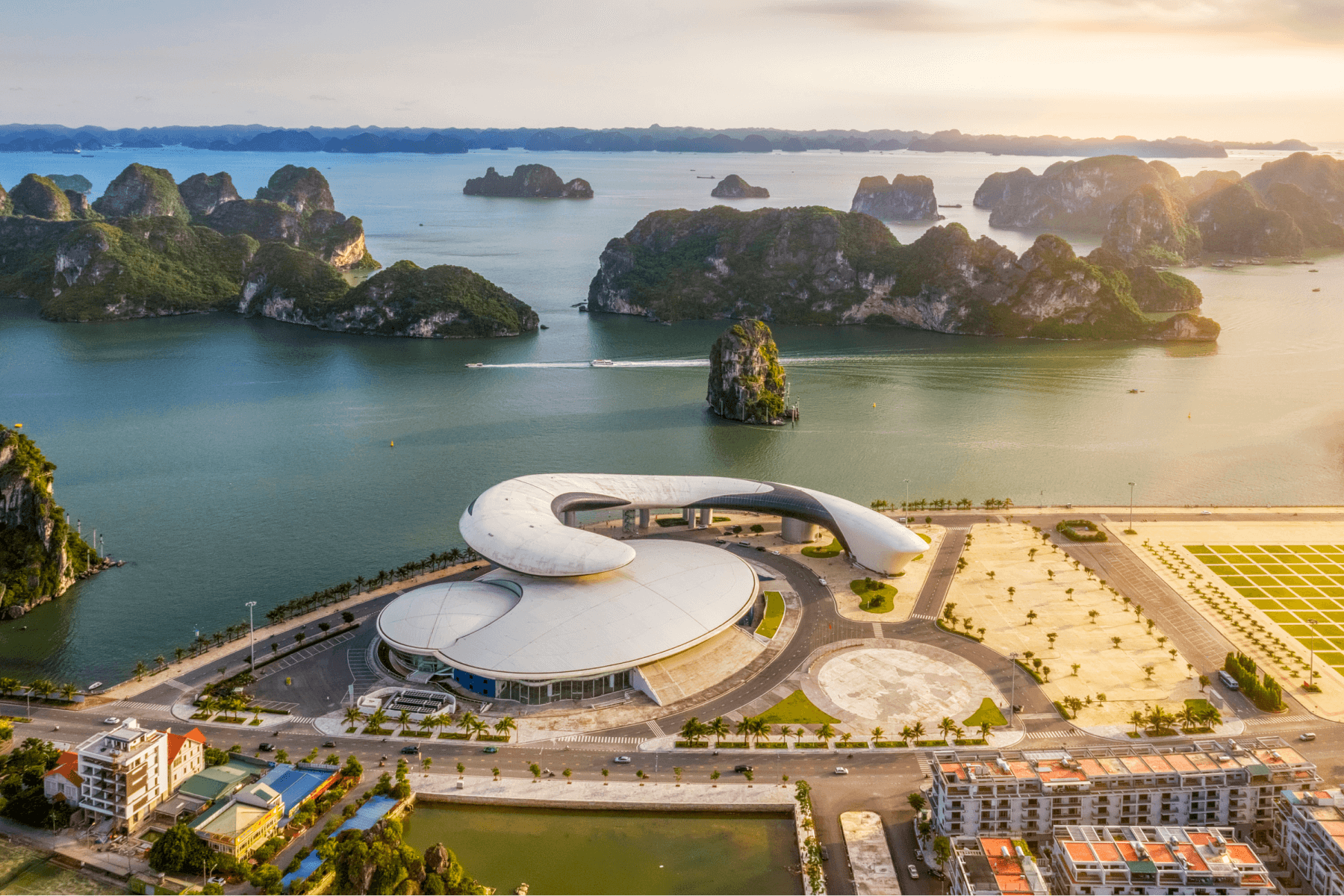
Comment (0)